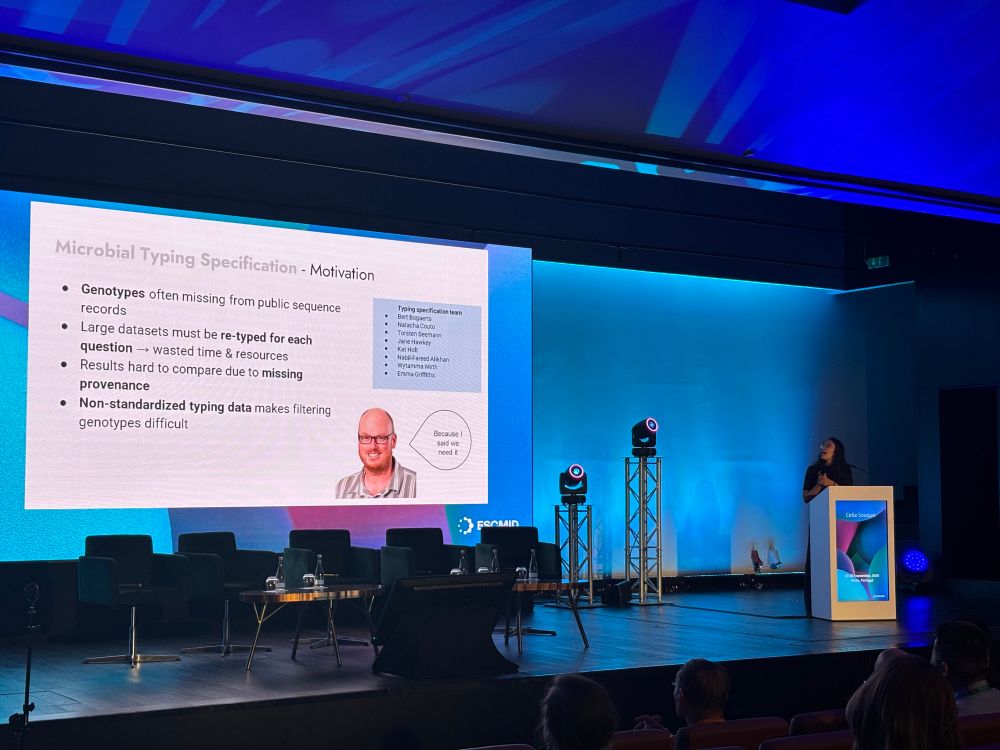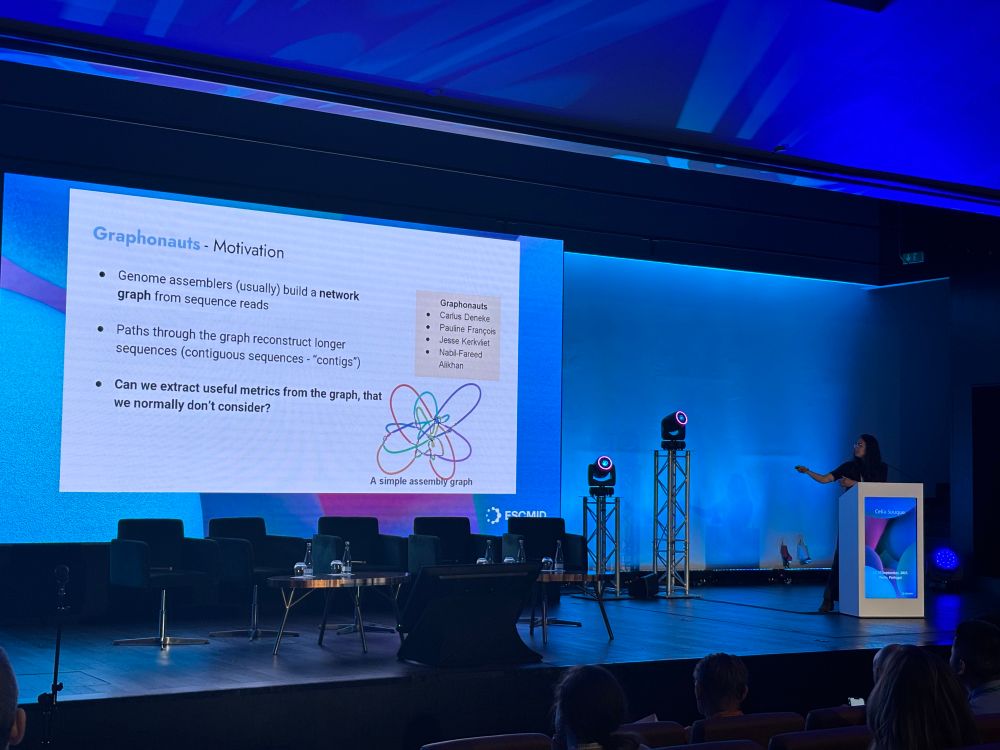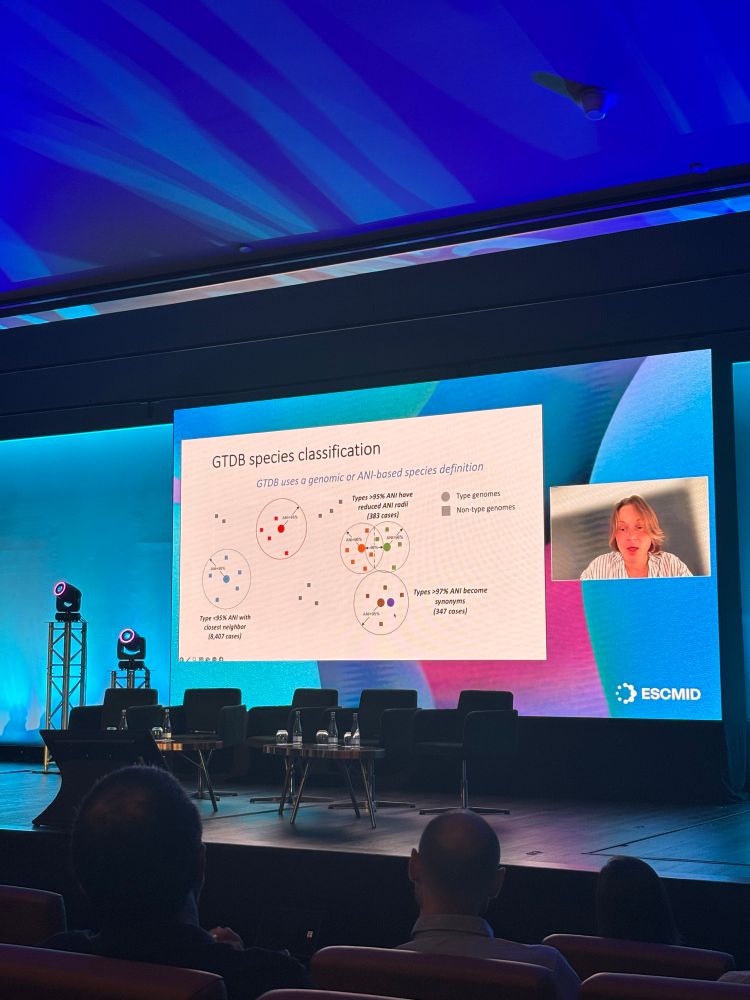Migle Gabrielaite
@mgabrielaite.bsky.social
330 followers
630 following
51 posts
Marie Sklodowska Curie Actions Postdoc at Vilnius University 🇱🇹 | Previously Rigshospitalet & University of Copenhagen 🇩🇰 | Bioinformatician 🧑💻 | Exploring bacterial evolution & transmission 🦠 | Toddler mom 🧒
Posts
Media
Videos
Starter Packs
Pinned
Reposted by Migle Gabrielaite
Reposted by Migle Gabrielaite
Reposted by Migle Gabrielaite







































